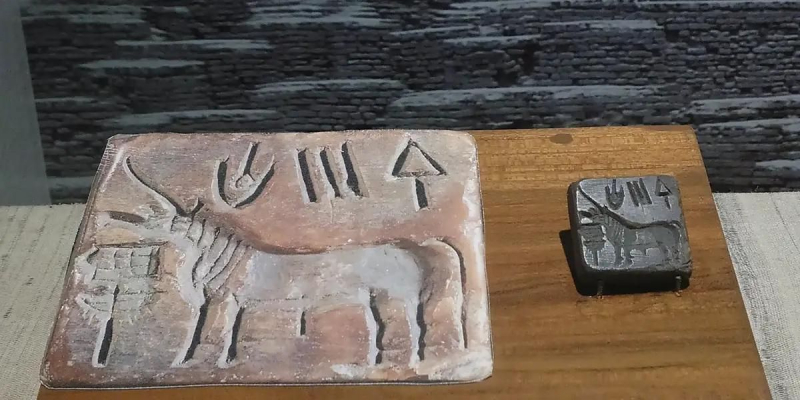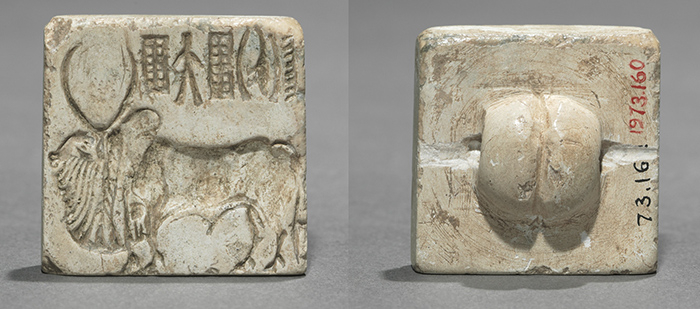It was developed by the Indus Valley Civilization
The Indus Script, the earliest known writing system in the Indian subcontinent, was created by the Indus Valley Civilization, which is one of the most interesting facts about the Indus Script. It is unclear where this writing system came from, no consensus exists over the language it represents, no bilingual documents have been discovered yet, and its relationship to authentic Indian writing systems (such as Brahmi, Devanagari, and Bengali script) is also unclear. The Indus Valley Civilization is one of the lesser knowns of significant early civilizations of antiquity because of this.
The oldest known examples of Indus Script signs, attested on Ravi and Kot Diji pottery excavated at Harappa, date to the early Harappan phase (3500-2700 BCE). These samples show an early stage in the creation of the Indus Script because only one symbol is visible on the clay surface. Longer inscriptions from the Urban period (2600–1900 BCE), when it reached its peak of development, are known. From approximately 60 excavation sites, thousands of inscriptions have been discovered; the majority are brief, with an average length of five characters and no inscription exceeding 26 signs.







